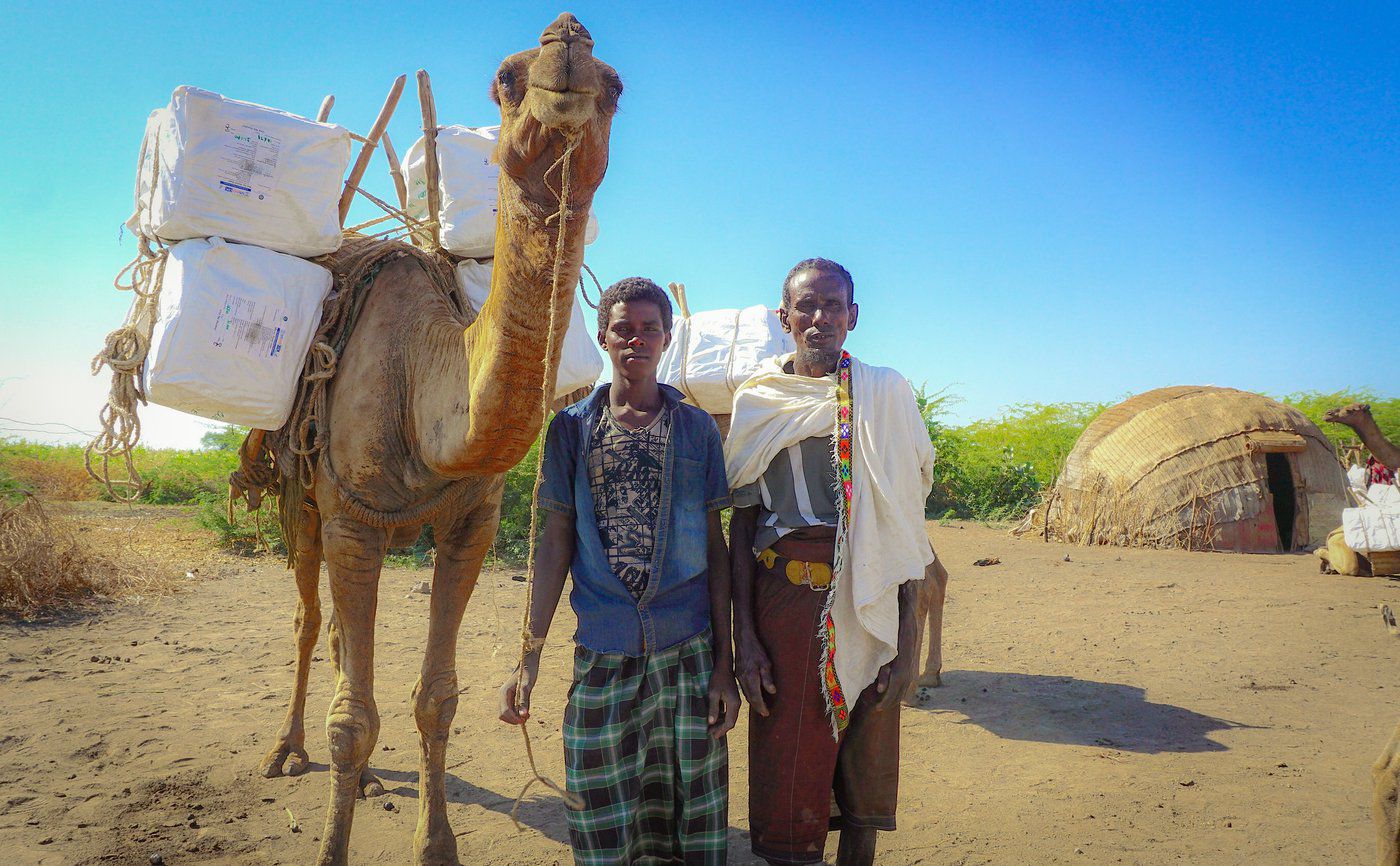By Ademola Oluborode Jegede, University of Venda
THOHOYANDOU, June 22 – In Kenya right now, even camels are struggling to survive. The worst drought since the 1980s has killed 1.4 million livestock and dried up lakes in the northern part of the country along with the fish in them. Three and a half million people are going hungry.
Among the many people imperiled by climate change, indigenous peoples, who often live in marginal environments less favourable for agriculture, will be devastated. Their access to food and water is already limited, and changing natural rhythms and loss of arable land will further limit them.
Drought is the slow-motion car crash in the climate change disaster litany. By 2050, 216 million people are expected to migrate because of drought.
A staggering 69.6 per cent of the Canadian Inuit indigenous people do not always know where their next meal is coming from. A quarter of 2,878 surveyed households of off-reserve First Nation peoples in Canada experience moderate food insecurity due to drought and more than half of on-reserve First Nation people do.
The Afar community in Ethiopia have lost livestock, food and pasture due to dry climate conditions. The Endorois people in Kenya have watched their land degrade crops fail, and livestock die, causing migration and conflicts between members of the community over clean water and pasture land.
To mitigate the effects of drought, the Endorois cultivate drought-resistant crops such as cereals and tubers minimising water usage and enhanced food security. Livestock and crop diversification and supplementary livestock feeding is a common practice for the Endorois.
Knowledge has long been an important tool for indigenous communities in combatting and addressing the consequences of drought.
Groups such as the Tay, Yao and Hmong in Vietnam use indigenous knowledge to aid food preservation, and animal and crop breeding. Native crop varieties (hilly sticky rice and tangerine) and animal breeds (black pig and chicken) are more resistant to drought and suffer less pressure from pests and diseases.
Indigenous peoples in the American Pacific Northwest for instance, use dams made by beavers to enhance storage of water in times of drought. They also sow drought-resilient plants such as zucchini plants to prevent drought-related fire.
Miriwoong communities in Australia utilise traditional and local knowledge to lessen bushfires through the burning of the native grasses early in the dry season, using small fires lit in a mosaic pattern so as to prevent uncontrollable fires late in the dry season.
The Ngemba share stories relating to drought. They record floods with marks on the landscape to help predict the future more accurately. In doing so, they build more resilient communities to survive climate related drought.
The Dokpas and Lachenpas people (who constitute the Dzumsa community in India) have weathered low rainfall and deteriorating pastures, leading to the deaths of many flocks of sheep.
In mitigation of loss of livestock due to drought-related poor pasturage, the Dzumsa banned the slaughter and sale of sheep from 2007-2011. The move helped prevent total exhaustion of sheep stock. The Dzumsa also migrate to avoid the risks of drought.
Adapting to changing climate conditions, at least 80 per cent of Lachenpas now cultivate crops such as cabbage, corn, and pumpkin that have previously been unable to grow on their land.
However, indigenous knowledge is itself under threat. With droughts contributing 15 per cent of natural disasters and directly claiming 650,000 lives from 1970 to 2019, adaptive practices of indigenous peoples can only sustain them to a certain extent.
If we are to enhance the adaptive capacity of indigenous peoples facing drought globally, respect for indigenous peoples’ human rights and regard for their culture will be important.
In the front seat of the slow-motion car-crash, indigenous peoples more than anyone, need to enhance their resilience in the face of increasing drought.
Ademola Oluborode Jegede is a professor of law in the School of Law, University of Venda, Thohoyandou, South Africa.
Article courtesy of 360info.








